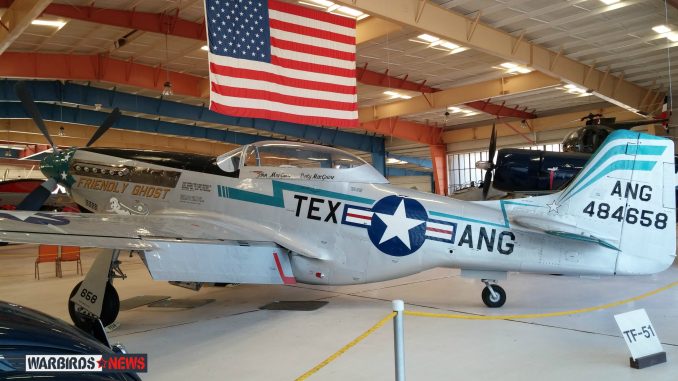
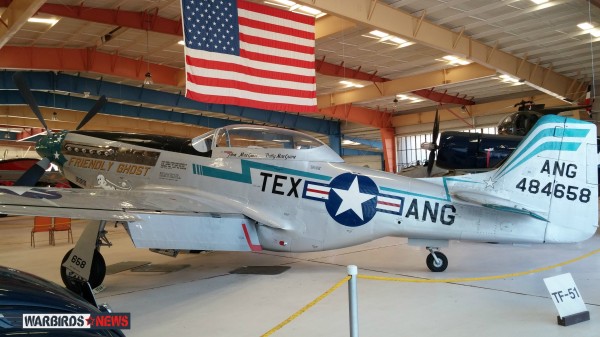
If you have heard the song that says “out in the west Texas town of El Paso,” you are mighty close to Santa Teresa, NM. For it is there, perched atop a windswept, arid mesa that you will find the War Eagles Air Museum. The museum has one of the largest collections of historic military and civilian aircraft, classic automobiles, and aviation and automotive artifacts in the Southwest. There are 36 World War II, Korean War, and Vietnam-era aircraft on display and 49 American, British, German, Japanese, and Italian automobiles from days gone by.
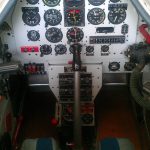
Once you step through the entrance door, you will take a trip back in time as you walk through the displays and airplanes that once graced the skies. 40’s music is piped in through ceiling speakers, which enhances the experience. As you walk along the path, one airplane that catches everyone’s eye is the TF-51 Mustang. At first glance, it looks like your typical P-51D model. Upon closer examination, you will notice that the canopy is longer. These particular Mustangs were built by TEMCO Corporation in Texas. They only converted 15 P-51D’s into 2 seat TF-51’s. These were not the first 2 seat Mustangs. In 1944, NAA made 10 2 seat trainers called TP-51D’s. To make room for the rear seat, NAA took out the fuel tank normally fitted there and moved some of the radio equipment. The TP-51D’s had a full set of controls for the back-seater and used the standard “bubble” canopy.
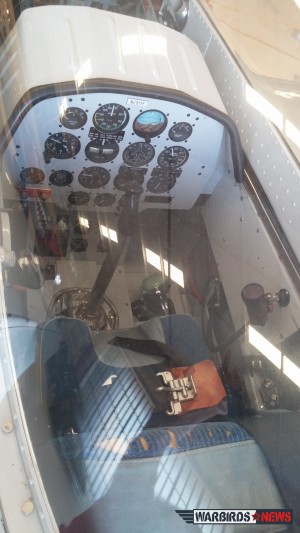
TEMCO’s TF-51’s differed from NAA’s TP-51’s only in having an enlarged canopy to give the back-seater more headroom. The Air Force had little interest in the TF-51’s but other countries were very interested. Central and South America found them ideally suited to their needs in the area’s raging brushfire conflicts.
On August 17, 1945, nationalist leader Sukarno declared Indonesian independence from the Netherlands. In 1946, Indonesia formed its own Air Force and used old Japanese aircraft found scattered in depots on Java and throughout the huge archipelago. On July 21, 1947, Dutch attacks destroyed nearly all of these airplanes on the ground except for a few hidden at remote bases. Indonesia’s long war for independence ended on Dec. 27, 1949 from international pressure and U.S. threats. The Netherlands signed a peace treaty and recognized the new nation. The Dutch left behind such aircraft as the B-25, C-47’s, AT-6’s L-4J’s, and 26 P-51’s. Over the years, the Indonesian Air Force added more P-51’s and TF-51’s, becoming the largest air force in the Southern Hemisphere.
In the late 1970’s, an unidentified air cargo pilot taking off from Jakarta spotted a pile of discarded airplane parts that contained at least 5 P-51’s and one TEMCO TF-51D. Incomplete records and faded memories suggest that the TF-51 entered service in Indonesia in 1968, after being with the Nicaraguan Air Force since early 1958.
Warbird collector Stephen Johnson recovered the Mustang parts in 1978 and shipped them to his facility in Oakland, CA. John MacGuire bought most of the parts from Johnson in 1979. Restoration of the TF took place between 1979 and 1983. Olivas Aviation of Fabens, Texas, rebuilt the wings and Vintage Aircraft, Ltd., of Fort Collins, CO, did the fuselage and Mike Nixon of Vintage V-12’s in Tehachapi, CA rebuilt the engine.
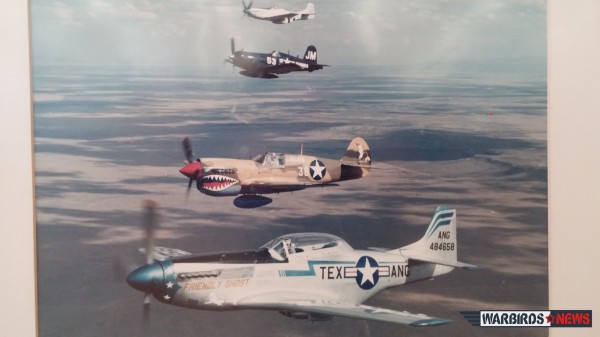
The TF-51 took to the air in 1983 at Fabens Airport in the skilled hands of John MacGuire. That first flight was not without its surprises. On his first taxi run, John realized that there was no room to turn around so he had to get someone a tow vehicle to pull him back to the starting point. On his second taxi run, he realized that he had run out of room to stop and his only alternative was to take off. In a matter of seconds, he transitioned from a light-plane pilot to a warbird pilot. He headed for a longer run way at Dell City and after making a few practice passes, he eased back on the throttle and slowly set the Friendly Ghost down for a perfect landing. According to our records, the Friendly Ghost is the only TEMCO TF-51 still in existance.
Today the Friendly Ghost IS airworthy but not ready to fly without a bit of work. The engine is run up occasionally–to the thrill of lucky visitors–but the aircraft is “out of annual” and would require some tender loving care before taking to the skies once again…….BUT IT COULD HAPPEN!!!
Elena DePree
Warbirds News Contributor


1 Trackback / Pingback
Graphic Design, Branding and Aviation Art